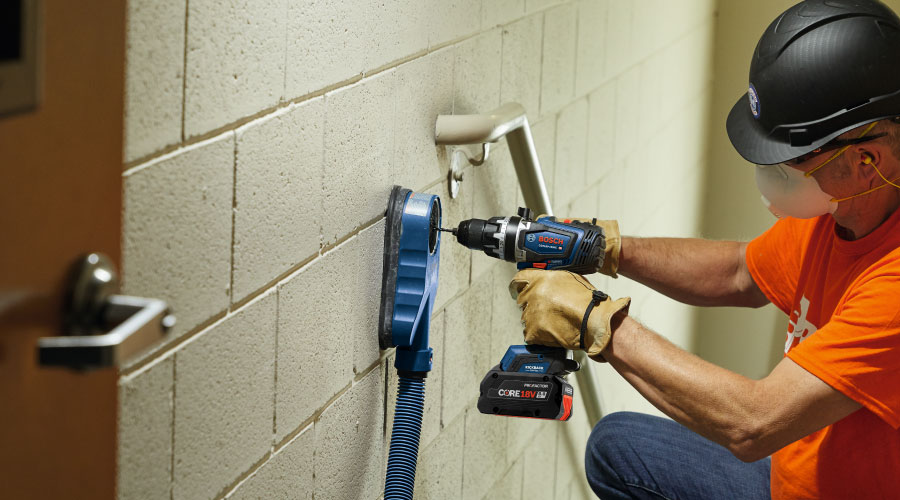Don't Wait for an Emergency to Review Backup Power Plans
It's 3 a.m. when the power goes out. In a data center designed with a backup power system, that should be no problem. The uninterruptible power supply system kicks in, allowing time for the generators to take over and power the data center servers and cooling system until the utility is up and running again.
At least, that's what should happen. Whether it actually works that way depends on how well the backup power system is designed and operated.
An outage at 3 in the morning is no time for a facility manager to find out that there are problems with the emergency power system. After all, data increasingly is the core of business, whether the company is a financial conglomerate, a government agency, a medical center or a university. The data center is becoming essential to operations, and that means it needs to be up and running 24/7.
Backup power systems are supposed to provide transfusions when something untimely happens to the utility grid. That's why it's essential for all facility managers to have a solid grasp of some basic points when planning for backup power.
One of those basics has to do with terminology. In the data center field, the words reliability and availability are often used interchangeably. But they have somewhat different meanings when used to describe backup power systems.
Reliability is "the probability that a component or system of the power supply is going to accomplish its duty in the next second," says Christopher M. Johnston, senior vice president of Syska Hennessy Group. "Availability is the odds that a component or system will do that over an extended period of time, such as a year or three years."
Thus, the concept of availability takes into consideration the need to take some equipment offline to maintain it. "You need to be able to switch over your power needs to support your maintenance program," says Paul E. Schlattman, vice president of mission critical facilities for Environmental Systems Design.
Getting What the Company Needs
For facility managers evaluating backup power options, the starting point is to understand just how robust the system should be to meet company needs. That information has to come, ultimately, from top management.
"The facility manager wants to know from his or her bosses what the target is for the data center's power supply," says Johnston. "In other words, what availability is my target? If it's no outages and no downtime, not even for maintenance, that's not realistic. You need a realistic target to determine whether you need Tier 1 (one generator, one UPS and one cooling element) or higher. If the budget is Tier 1 and the demand is 2.5 minutes of downtime annually, that's not reasonable. The facility manager has to take the UPS offline twice a year for maintenance."
Increasing backup power infrastructure in an existing facility can require a significant investment in upgrades. Tier 4 data centers are impressive, but the question is whether the company needs that level of performance.
"Two Tier 2 centers with a robust network may save you some money," says Johnston. "Not all computer applications have the same uptime requirements. Email can go down for a couple minutes daily and not cause problems."
As part of the process of evaluating backup power needs, Johnston suggests facility managers have the IT department prioritize applications. Johnston uses a university's data center requirements to illustrate his point. Academic computer centers have two loads: university functions and research projects. Under university functions are such things as business operations, registrar data, email and so on. These applications need high availability. On the other side, research projects use computing power to crunch numbers. If they back up every five minutes and the power goes down, when it comes back up there may be just a few calculations that need to be redone.
Health care operations can be similarly prioritized. Electronic medical records are not the highest priority, but the power to the operating room's robotic surgery suite cannot go down in the middle of an operation.
Related Topics:














